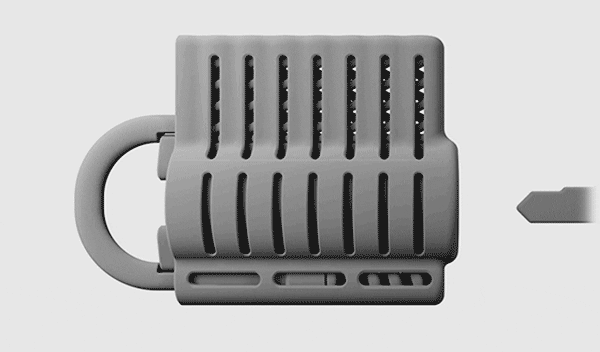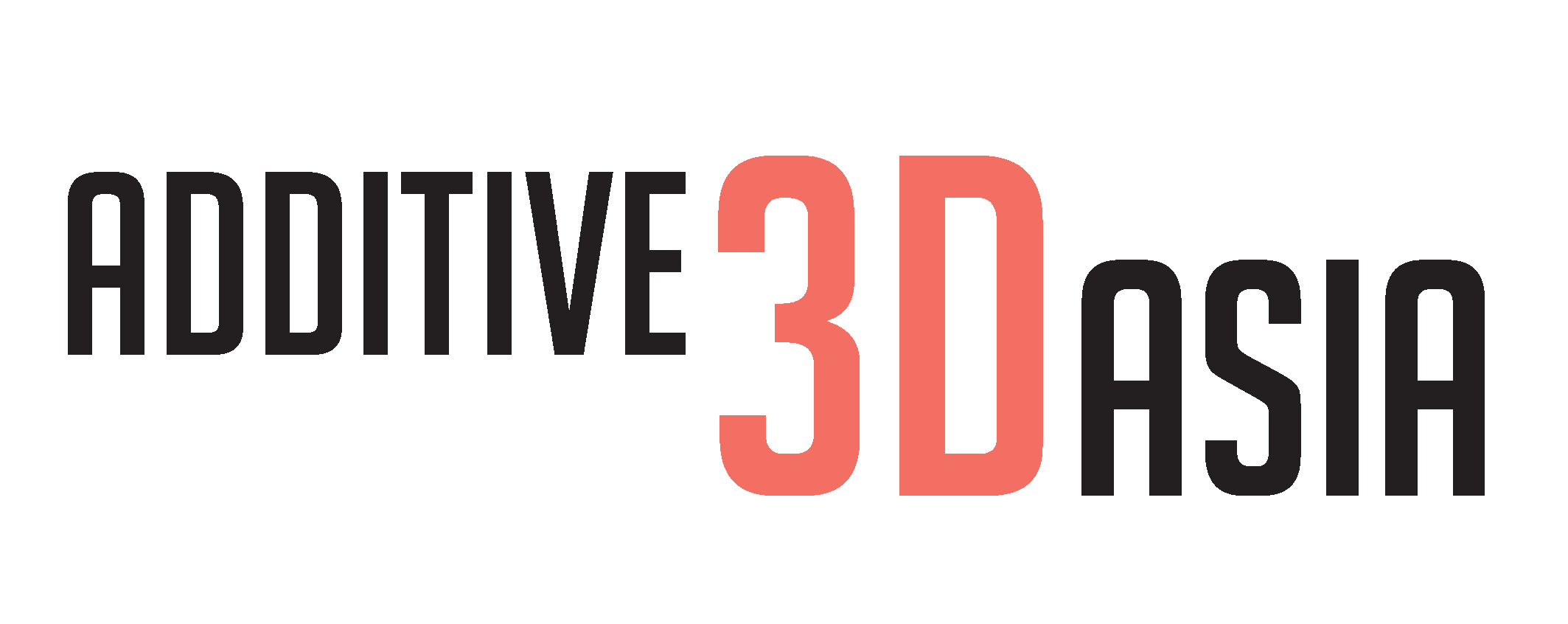Traditional Manufacturing VS 3D Printing
Pros and Cons of the Two Methods
A Brief Overview of Traditional Manufacturing and 3D Printing
Traditional manufacturing refers to four main subtractive manufacturing methods – CNC Machining, Injection Moulding, Plastic Forming and Plastic Joining, while 3D printing is an additive manufacturing process that works via depositing material layer by layer until it forms the desired object.
Firstly, CNC refers to Computer Numerical Control. CNC machining is a manufacturing process in which pre-programmed computer software dictates the movement of factory tools and machinery. With CNC machining, three-dimensional cutting tasks can be accomplished in a single set of prompts.
Injection Moulding, requires the use of a mould. It is a manufacturing process where parts are produced by injecting molten material into the mould.
During Plastic Forming, some manner heats a sheet of plastic and drapes it over a mould. It then utilizes air pressure and male plugs to form the sheet into a shape.
Lastly, Plastic Joining involves the joining of semi-finished parts. This includes fastening, adhesive bonding, and welding.

1. Time and Cost Considerations
When it comes to production, businesses are most concerned with lead time and costs incurred.
Parts produced by traditional manufacturing generally take a longer time, as moulds are required to facilitate the process. At times, they may take up to months to prepare, costing up to thousands for a single mould. It takes 15-60 days (and sometimes more) to have the first part in hand.
In comparison, 3D printing does not require the use of moulds. This is due to the fact that it is an additive manufacturing process which involves depositing material layer by layer on the printing bed. Lead time can be as short as a few days, while observing a significant reduction in cost as there is no need for moulds.

2. Freedom of Design
End-use parts made with traditional manufacturing need to adhere by strict design for manufacturing (DFM) rules. DFM refers to the process of designing or engineering a product in order to facilitate the manufacturing process to reduce manufacturing costs. Therefore, businesses usually discourage producing parts with complex structures as this would result in unnecessary costs.
However, 3D printing eliminates this concern. Additive manufacturing processes are able to print complex designs at no additional cost. In fact, any design is possible, as long as you have the right support material! For example, Selective Laser Sintering (SLS) 3D printing technology does not require any form of support. During SLS, the leftover unsintered powder acts as self supporting material. Hence, extremely complex geometries are made possible. Learn more about SLS here.

3. Quantity of Parts
An important factor to consider when deciding between traditional manufacturing and 3D printing is the number of parts you require. The key difference is that traditional manufacturing is more suitable for mass/large scale production. On the other hand, 3D printing proves to be more economical for low volume manufacturing/short-run production. This is because it doesn’t make sense to create a mould for a production cycle of as little as 50 parts.

4. Materials Offered
Traditional manufacturing options like injection molding and forming can offer a high material selection. 3D printing offers much lesser materials. However, there is still a variety of industrial materials available, depending on the 3D printing technology chosen. For Fused Deposition Modeling (FDM), there is static-dissipative ABS-ESD7, along with ULTEM 9085, ABS-M30 and many more. For stereolithography (SLA), there is Accura25, ClearVue, Taurus and so on. Sinterit Laser Sintering (SLS) offers materials such as PP, PA12 and TPU. VeroClear material is available for Polyjet, while PA12 is offered for Multi Jet Fusion (MJF) technology.

